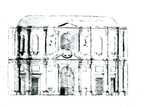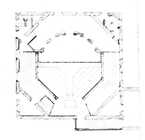EN
history of the theatresupplementtechnical dataHistoric equipmentCockpit in Court
Inigo Jones
70 Whitehall | |
| show on the map | http://en.wikipedia.org/wiki/Cockpit-in-Court |
Important events
People
Inigo Jones |main architect
History
Additional information
No information has yet been entered
Add information














